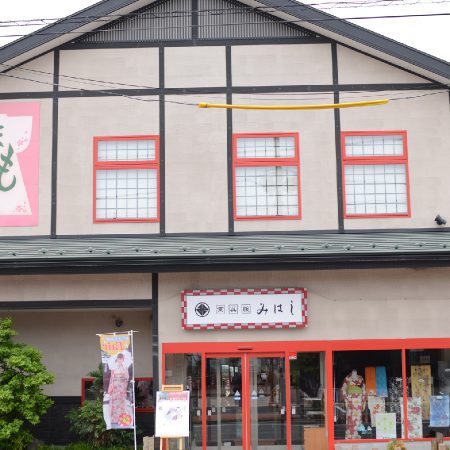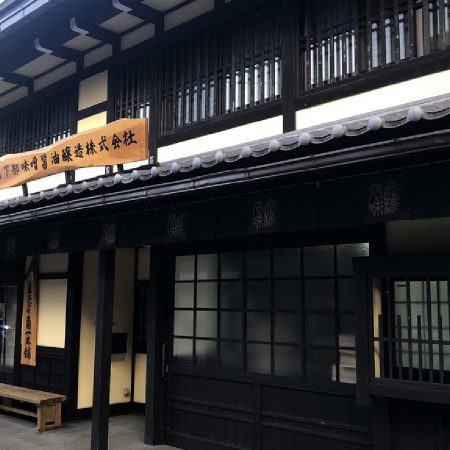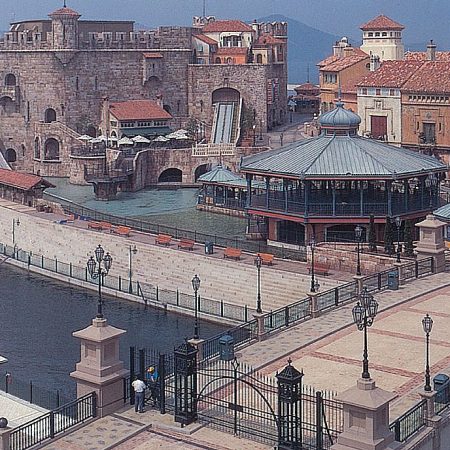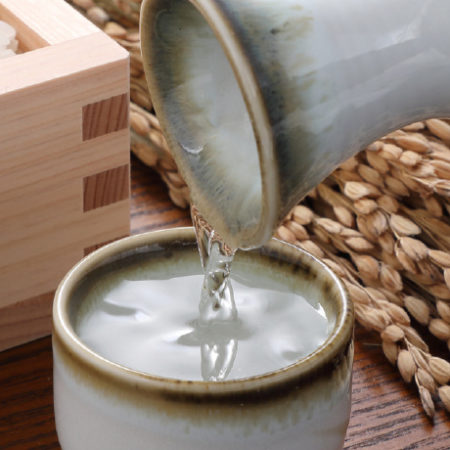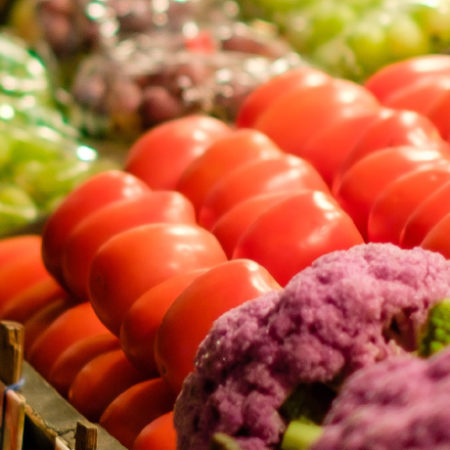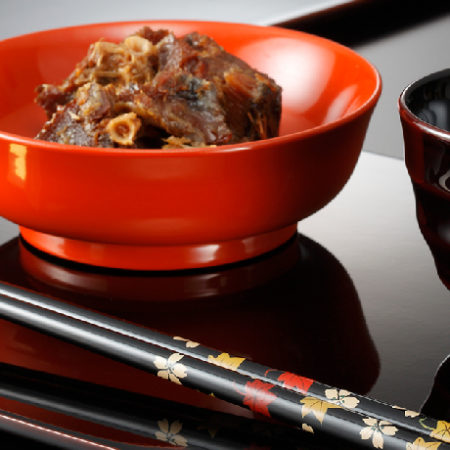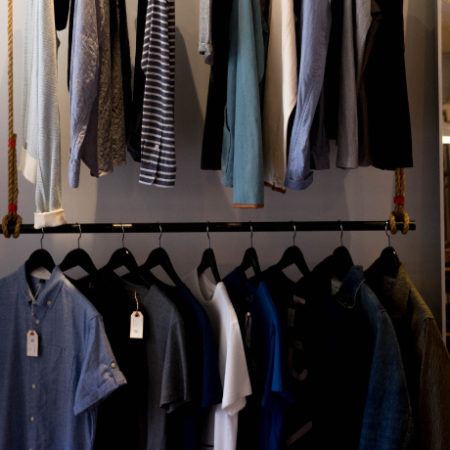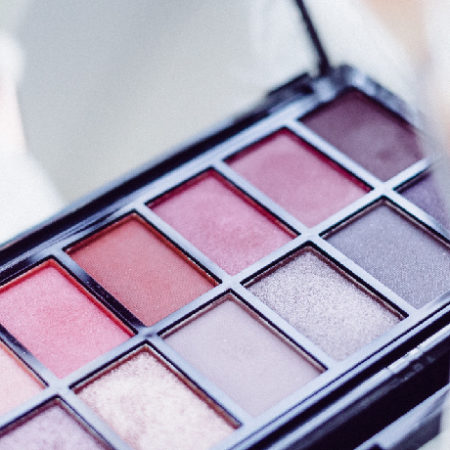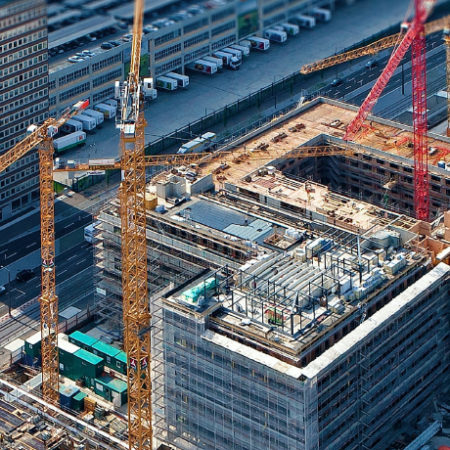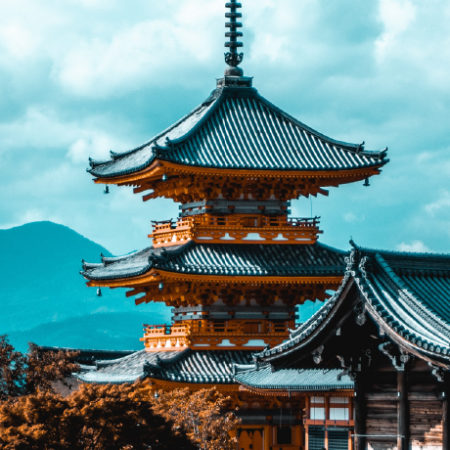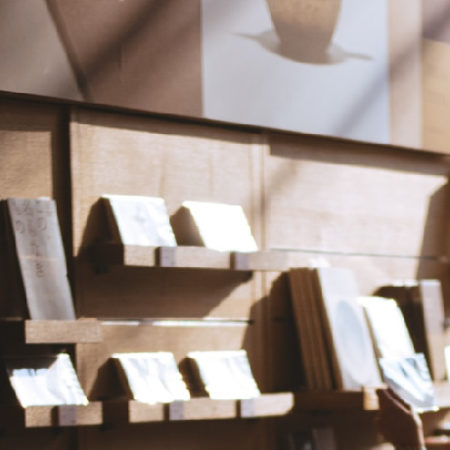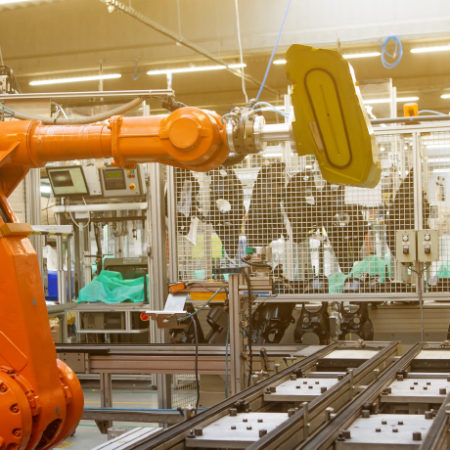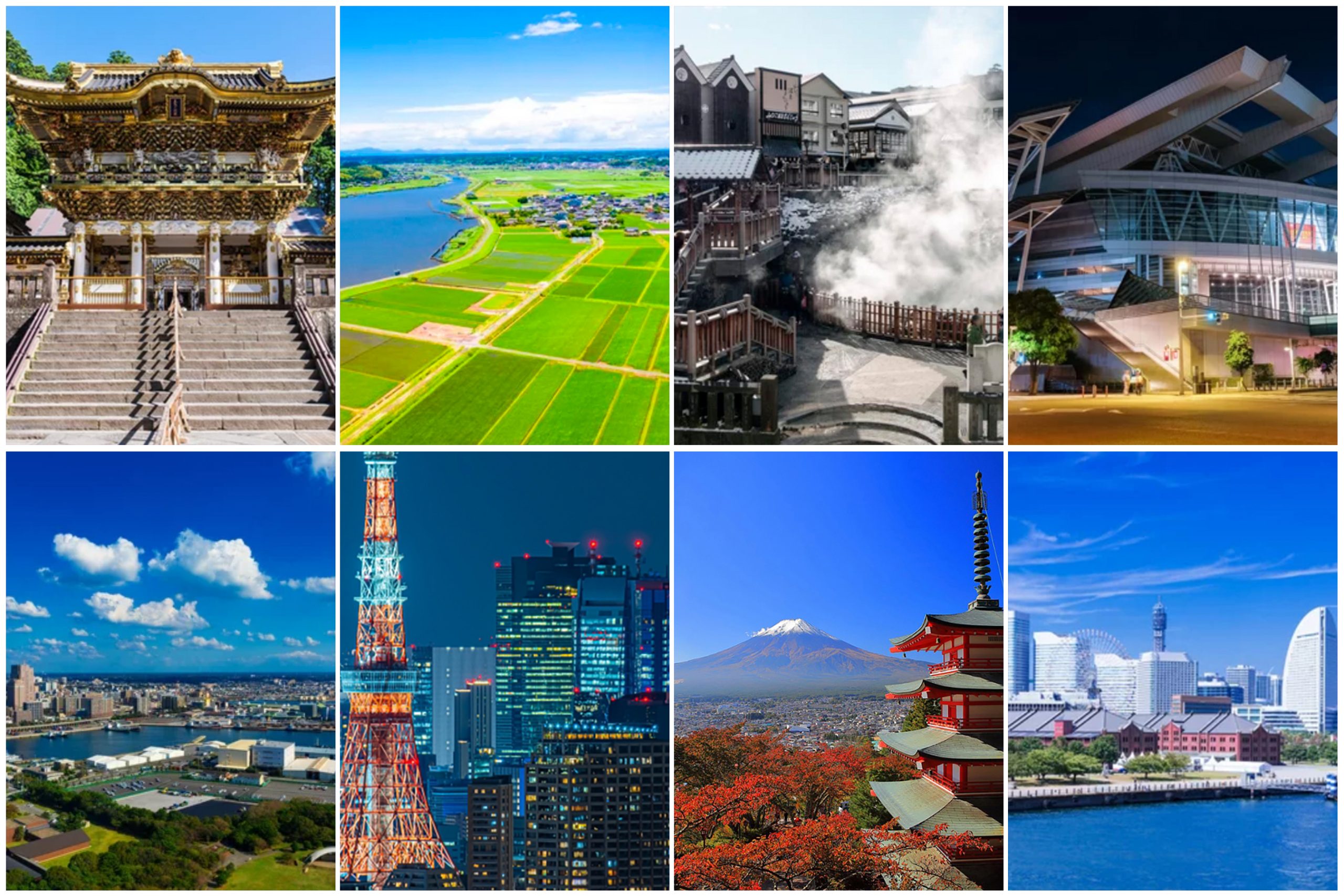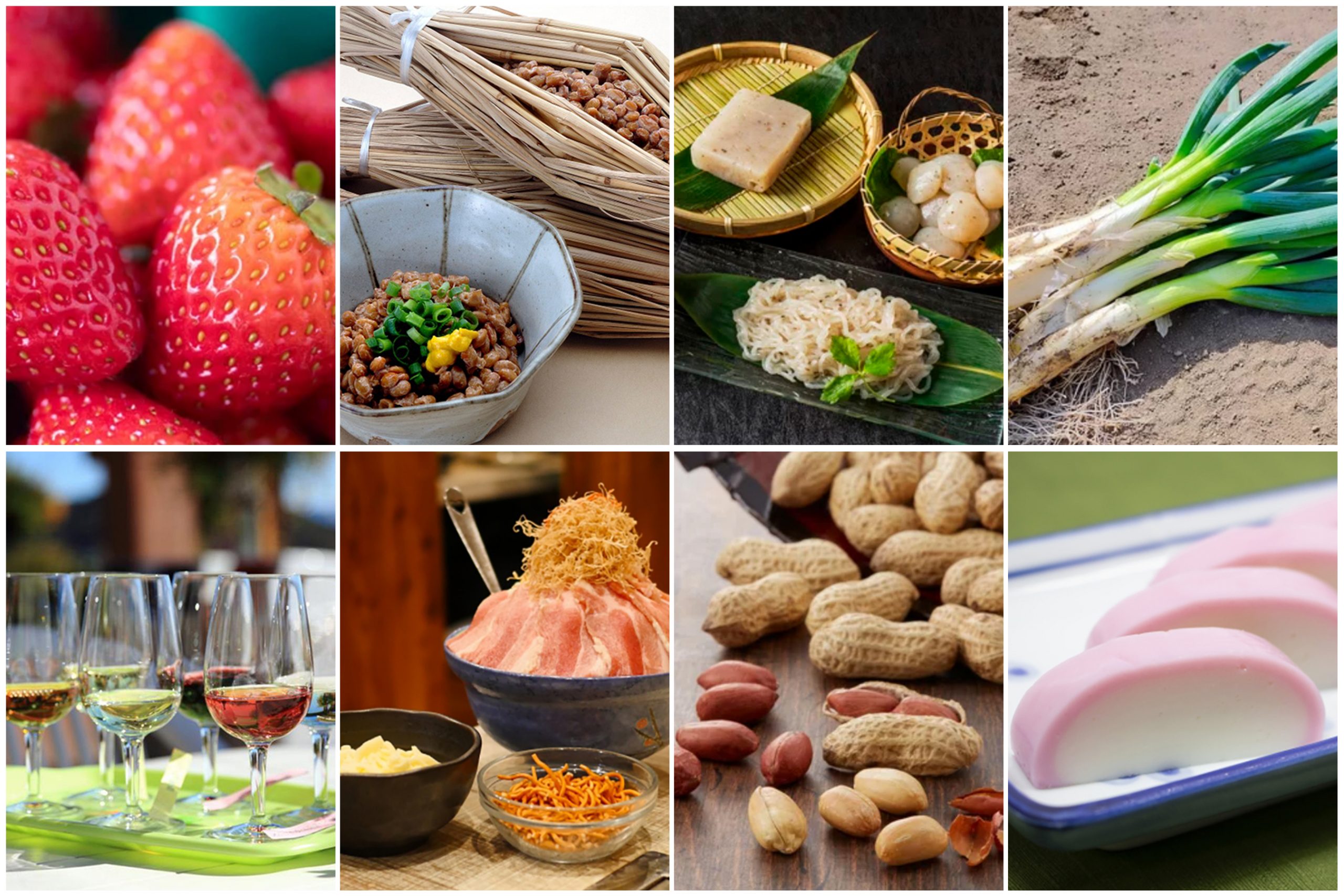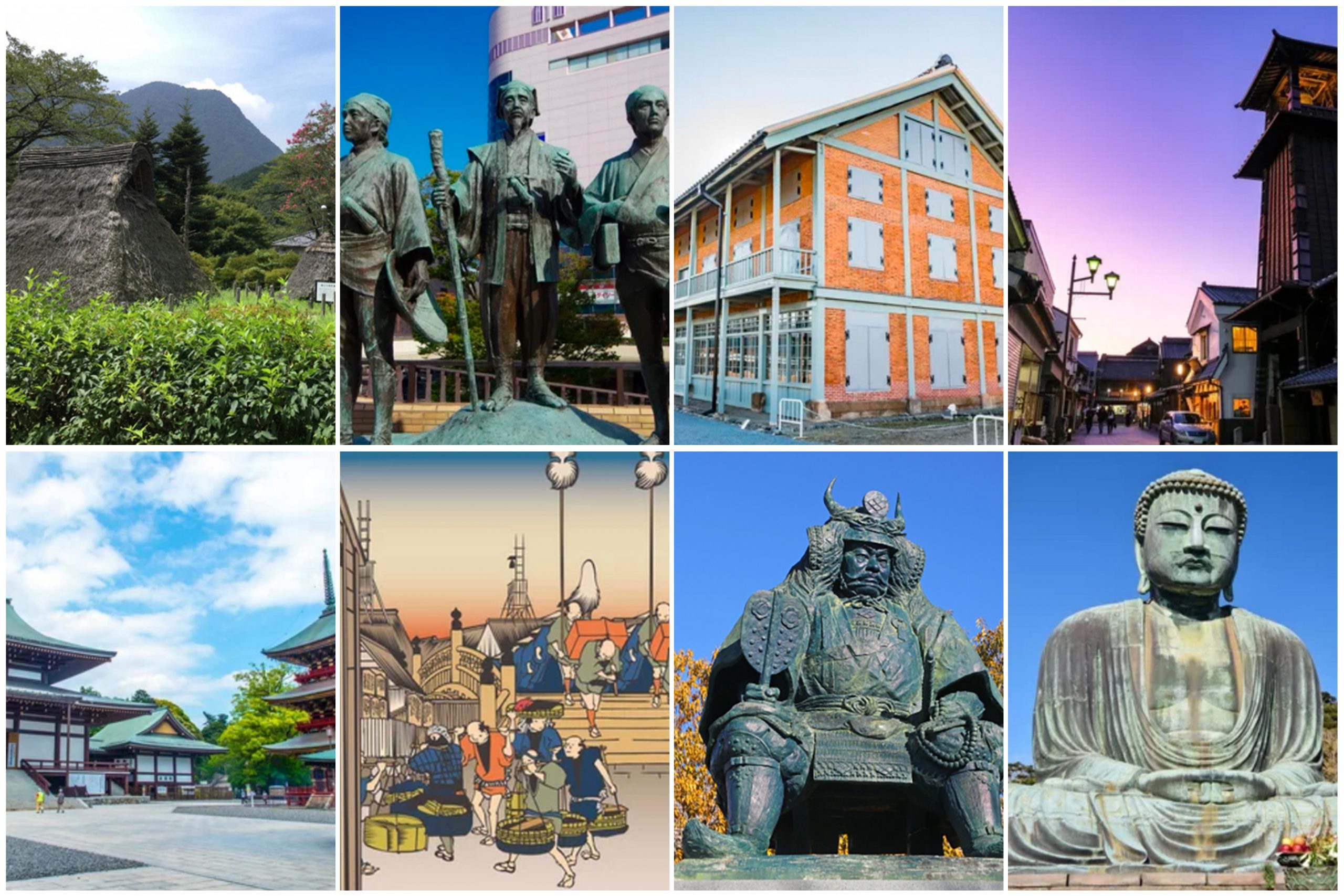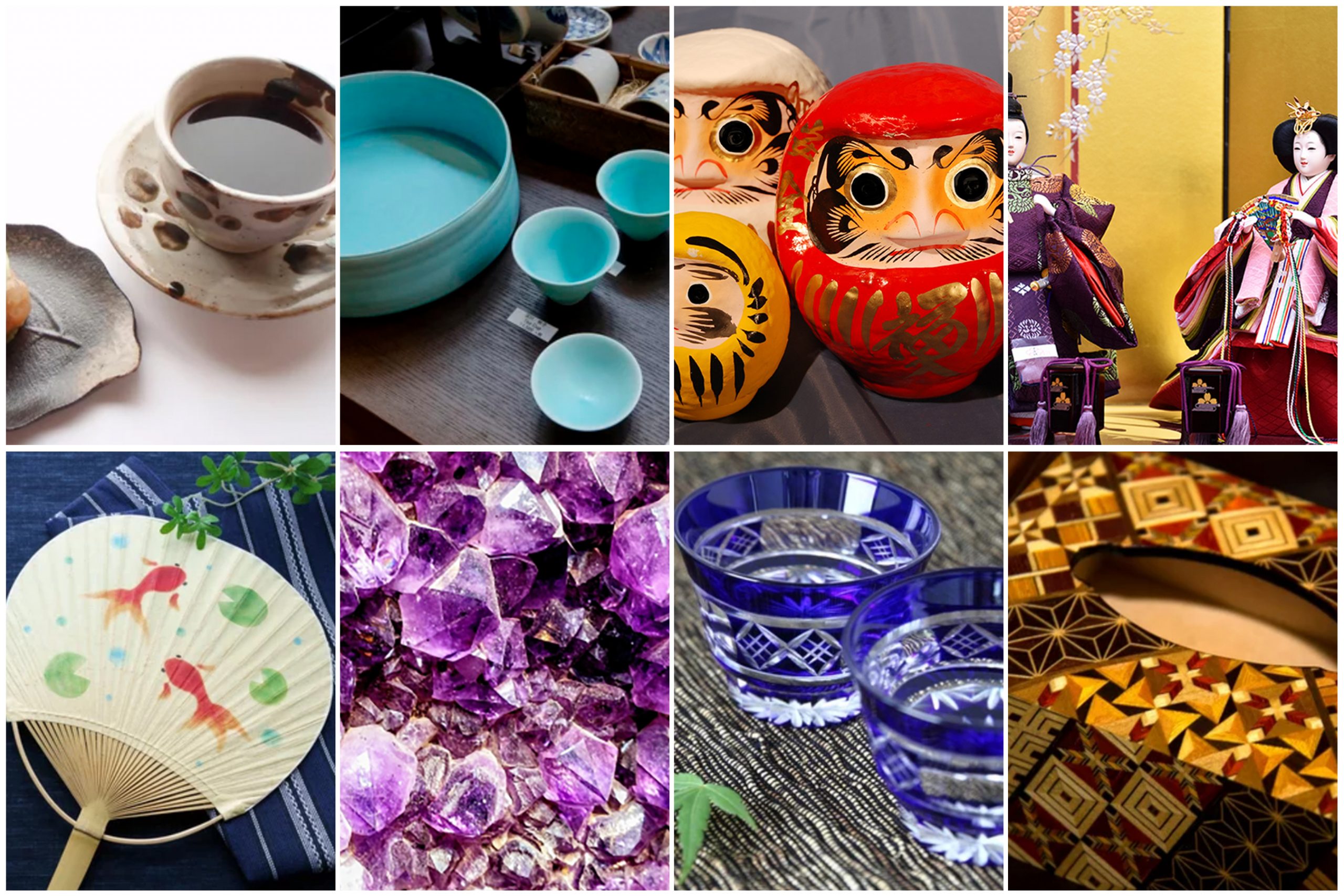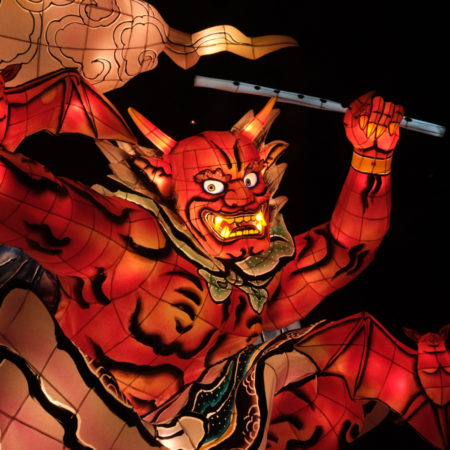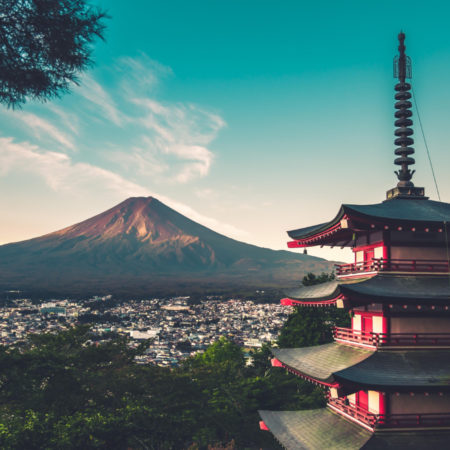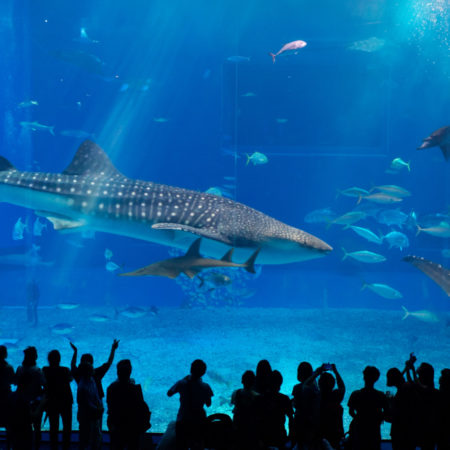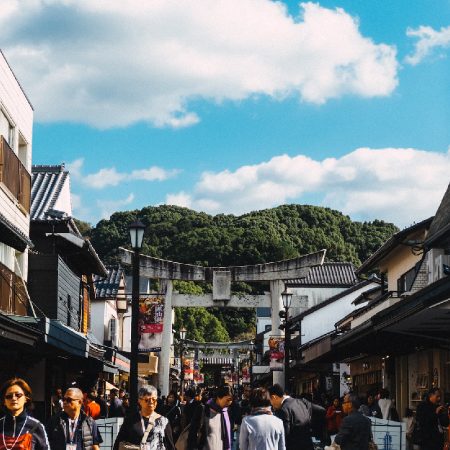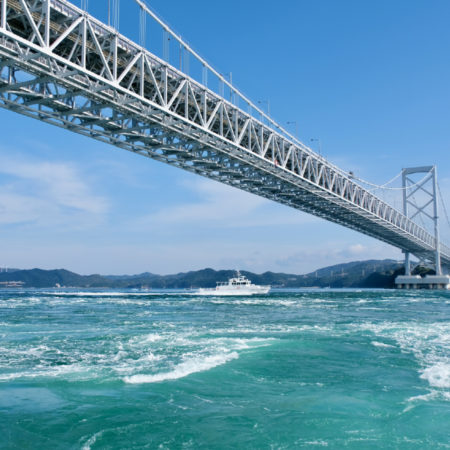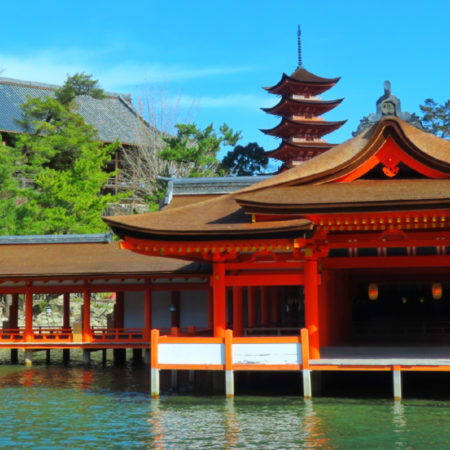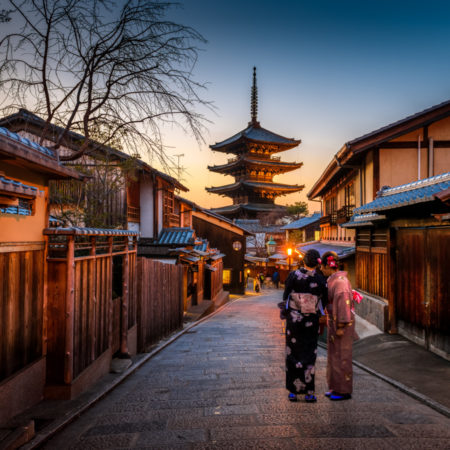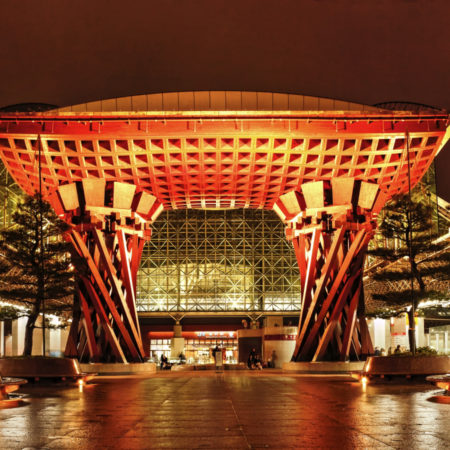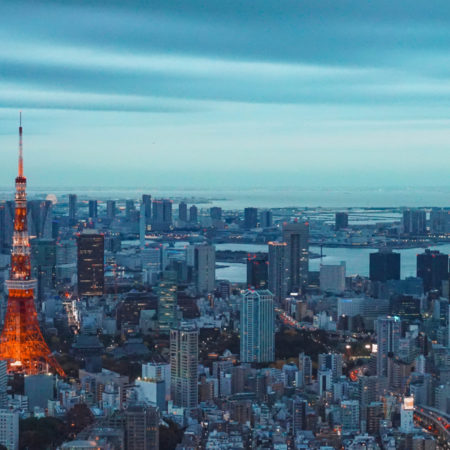Kanagawa prefecture:Nature, the city, and individuality shine through.
Various areas exist in Kanagawa Prefecture. Yokohama, a prosperous international port city, is known for its Chinatown and red brick warehouses as tourist attractions. Kamakura, which retains the atmosphere of an ancient capital, is dotted with the Great Buddha and historical temples and shrines, and the Shonan area is popular among surfers and marine sports enthusiasts as a seaside resort. The prefecture is also home to Hakone and Yugawara hot springs, which attract many visitors as spots for relaxation.
Yamanashi prefecture:
Known for the beautiful natural scenery of the northern side of Mt. Fuji and the Southern Alps, Yamanashi Prefecture is home to Japan's famous mountains towering from north to south and attracts many visitors every year for sightseeing and leisure. Because of its geographical features, the prefecture is famous for its fruits such as grapes and peaches, and is also active in the production of wine and fruit wine. The city is also associated with the Takeda family, the famous warlords of the Warring States period, and is home to many historical sites such as Kofu Castle and the Kuonji Temple on Mount Minobu.
Tokyo Metropolitan area:Tokyo, a metropolis of tradition and innovation
Tokyo is a city where traditional temples and cutting-edge buildings coexist. The cherry blossom viewing season, the night view with its twinkling neon lights, and the intersection of old town charm and new culture. This city enchants all who visit with its harmony of tradition and innovation.
Chiba prefecture:Chiba Prefecture, with its international airport and abundant tourism resources
Chiba Prefecture is home to Narita International Airport and is the gateway to welcoming many foreigners from around the world. In addition to its long coastline and numerous beach areas such as Makuhari and Tateyama, the prefecture is easily accessible from central Tokyo and has abundant tourist resources such as Tokyo Disneyland, the Kisarazu area, the Makuhari area, and other natural and urban cityscapes.
Saitama prefecture:Very livable, cultural and historical Saitama Prefecture.
In addition to its easy access to the city center and livability, Saitama Prefecture has a rich history, culture, and convenience of life, and is a hot topic in movies and anime.
Gunma prefecture:Gunma, with its abundant nature and flourishing agriculture and livestock industry
Gunma Prefecture is home to mountains such as Jomo Sanzan (three mountains on the Jomo Mountain range), the Oze and Tone Rivers, and many hot springs such as Kusatsu, Ikaho, Mizukami, and Shima. Gunma is also famous for its abundant agricultural and livestock products, such as Jyoshu wagyu beef, Shimonita leeks, shiitake mushrooms, and cabbage.
Ibaraki prefecture:
There are mountains, oceans, and lakes. Ibaraki is also home to lush green satoyama and fields that stretch to the end of the country. Nature is also scattered throughout the cityscape. In addition to mountain trails, scenic spots, and aquariums, there are many places to enjoy camping and marine sports. In terms of technology and research, "Tsukuba Science City" exists and leads the development of science and technology.
Tochigi prefecture:A secluded area in Kanto where history and nature are woven together
Tochigi Prefecture in the northern part of the Kanto region is a beautiful land where history and nature coexist in harmony. The majestic Kegon Falls in Nikko National Park and Nikko Toshogu Shrine, which is full of historical value, captivate the heart. Utsunomiya City, the capital of gastronomy, is famous for its famous gyoza (dumplings), and the Nasu Highlands welcome visitors with their seasonal beauty.
